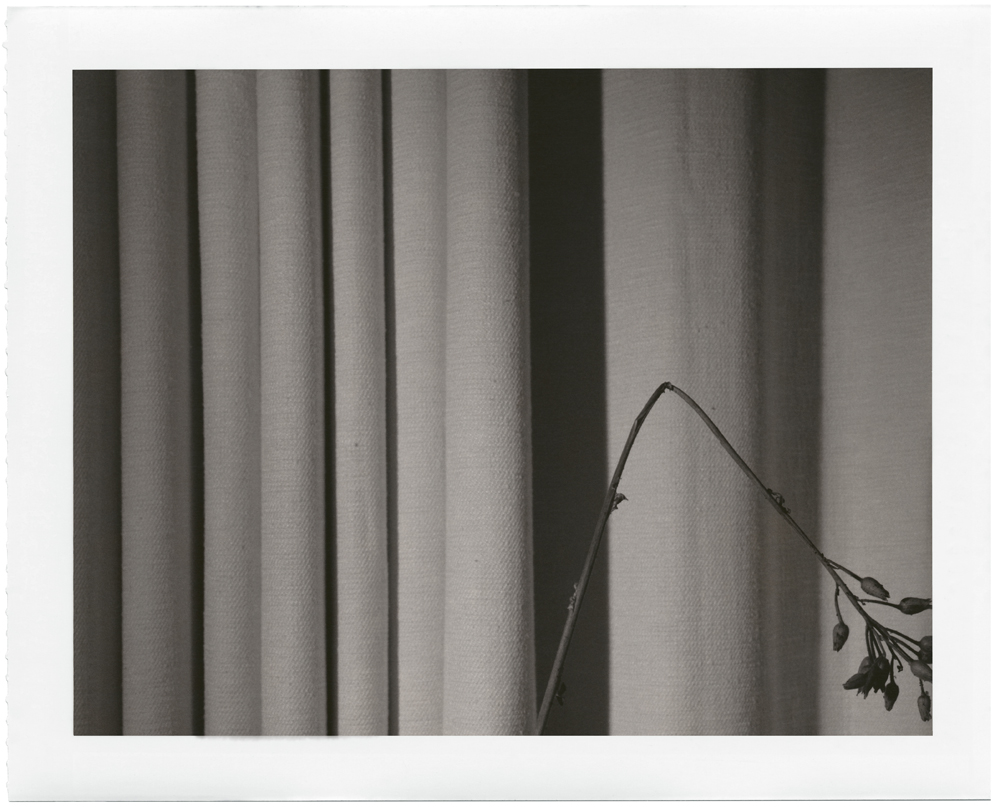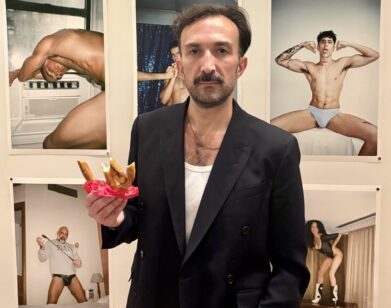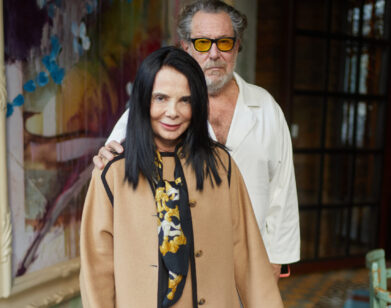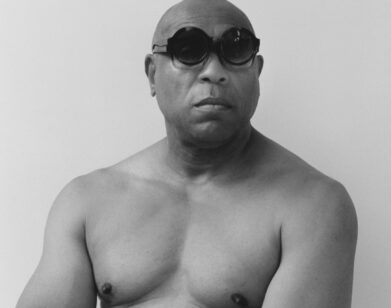Miranda Lichtenstein
Miranda Lichtenstein’s photos are so mesmerizing that it’s almost easy to miss out on their intellectual underpinnings. Layers swell and recede in her photographs, their surfaces shifting constantly between abstract patterns and traditional still lifes. This month, at New York’s Gallery at Hermès, the 44-year-old Brooklyn artist is showing a series of 46 Polaroids that not only play visually with time and space, but were produced over the span of eleven years at five distinct locales around the globe. According to Lichtenstein, the project began when she inherited Roe Ethridge’s Linhof 4×5 camera (with a Polaroid attachment) that Ethridge, in turn, got from photographer Jason Schmidt. Lichtenstein quickly found herself hooked on the near-instant and nearly uncontrollable outcome of Polaroid as a form. She began painting over the shadows of objects before photographing them, creating a push-pull effect between calculation and spontaneity. “What’s more, a unique print of a painted object made sense to me conceptually,” she says. “I liked the contradiction of making an instantaneous image of something so labored.”
Lichtenstein began by painting the shadows of flowers in Monet’s gardens while on a residency in Giverny in 2002; the results were luscious images that edged into the realm of abstraction. She carried on the project at a residency in Connecticut, another residency in Umbertide, Italy, a stint in the fishing town of Ito, Japan, and finally in her hometown of New York City. In each case, romantic yearnings seem to slither beyond the white borders. “The focus is soft and the pictures have a warm, almost orange-ish palette,” Lichtenstein explains. “It’s the same film that my parents shot in the ’70s, with the large white border that begs for a caption. And it was used by people like Maripol, whose documents of the downtown scene lured me to Manhattan in the 1980s.” Lichtenstein’s other influences include Walker Evans, Mapplethorpe’s play on beauty and roughness, and the Polaroids of Lucas Samaras, who, according to the artist, “took the theatrics of the studio and the surface of the print to new levels, complicating an otherwise simple medium.” Ultimately, Lichtenstein’s stunning, intimate series could have come from no one else but her.







